
Tra qualche settimana tornerò a Firenze. Non vedo l’ora ripercorrere i passi dei Principi Medici, così come della protagonista del mio romanzo “Dreaming Sophia.”In fatti, dirigerò un gruppo dei lettori del libro e visiteremo i posti e i quartieri frequentati dalla protagonista. Come Sophia dipingeremo nei giardini del Boboli dietro al palazzo Pitti. Aspetto anche con ansia di andare a vedere il Palazzo Medici e le cappelle nella chiesa di San Lorenzo, in cui si svolge un’importante scena del libro.
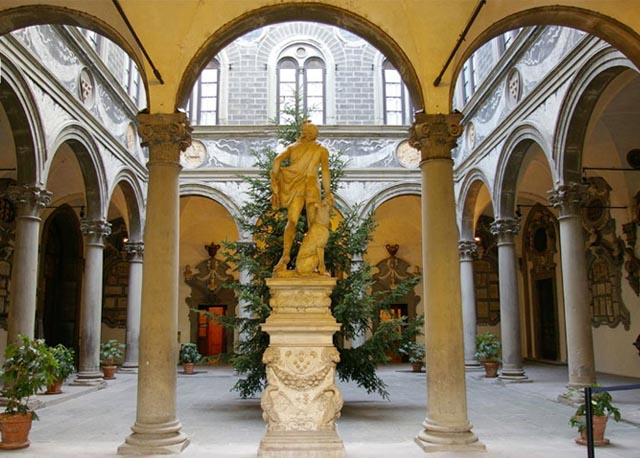
In just a few weeks I will be returning to Florence. I am looking forward to walking once again in the steps of the Medici princess, as well as the protagonist of my novel Dreaming Sophia. In fact, I will be leading a group of readers in Florence visiting the places and neighborhoods frequented by my heroine and characters in the book. Like Sophia we will also paint out of doors, in the Boboli Gardens. I am especially looking forward to visiting once again the Medici Palace and the chapels in San Lorenzo where an important scene in the book takes place.
Cominceremo il nostro programma di quattro giorno al Palazzo Medici che risale al 1444 ed fu commissionato da Cosimo, il più anziano, il patriarca della famiglia Medici. Assunse l’architetto Michelozzo di Bartolomeo perché costruisse la residenza della famiglia in via Larga (oggi via Cavour), vicino alla chiesa di San Lorenzo, la chiesa di famiglia dei Medici.
We will begin our four day program at the Medici Palace that was commissioned in 1444 by Cosimo the Eldest, the patriarch of the Medici family. He hired the architect Michelozzo di Bartolomeo to build the family residence in via Larga (now via Cavour), close to the church of San Lorenzo, the Medici family church.

Originariamente, Brunelleschi, l’architetto della cupola che sovrasta il Duomo, disegnò alcune planimetrie per il palazzo, ma Cosimo rifiutò il progetto, reputandolo esageratamente maestoso e elaborato. Preferì tenere un basso profilo. Era un tipo taciturno, dall’autorità sottile. Così scelse il disegno, più semplice e rustico, di Michelozzo.

Originally the Brunelleschi, the architect of the Cupola that crowns the Duomo drew up plans for the Medici Palace, but Cosimo rejected the proposal thinking it was too ornate and grandiose. He preferred to keep a low profile and wished instead to express quiet authority. Thus favored Michelozzo’s design for a simple rustic exterior. Il palazzo è caratterizzato da piani ben distinti e delimitati. C’è una transizione dal primo piano che è fatto di una muratura rustica in fondo, al terzo piano che è costruito di pietra raffinata. È un trucco dell’occhio, e dà l’idea che l’edificio è leggero e più alto di quanto lo sia.

The Palace is characterized by clearly delineated and floors. There is a transition from the first floor that is made of rustic stone at the bottom, to the third floor that is constructed of refined stonework. It tricks the eye into thinking the building is lighter and taller than it really is.Il palazzo fu la casa di Lorenzo il magnifico e la famiglia Medici vi abitò fino al 1540, quando Cosimo I, primo duca di Toscana, trasferì la famiglia, dapprima al Palazzo Vecchio e successivamente al Palazzo Pitti. Il palazzo fu allora venduto ai marchesi Riccardi ed fu abbellito con decorazioni barocche, che si possono vedere anche oggi sopra le fondamenta originali.

The palace was worked on from 1444 until 1484 and expresses the Renaissance spirit of rationality, order, and classicism on a human scale. The palace was home to Lorenzo the Magnificent and the Medici family lived there until 1540, when Cosimo I, the first Grand Duke of Tuscany moved the family to the Palazzo Vecchio and then eventually to the Pitti Palace. At that time the palace was sold to the Riccardi marquises and they embellished the palace with Baroque decorations that can still be seen today, placed on top of the original Renaissance foundations.
Fatti interessanti da scoprire sul Palazzo Medici
Interesting facts to know about the Medici Palace
Il palazzo fece da residenza a Lorenzo il Magnifico
The palace was home to Lorenzo the Magnificent.
Nel 1478 i cospiratori, della famiglia dei Pazzi, vennero per prendere Lorenzo e suo fratello Giuliano e accompagnarli al Duomo per la messa, con l’intenzione di assassinare tutti e due. Riuscirono a uccidere Giuliano durante la messa, ma Lorenzo scappò.
In 1478 the Pazzi conspirators came to pick up Lorenzo and his brother Giuliano to accompany them to the nearby by Duomo for mass with the intention of assassinating them both. They succeeded in killing Giuliano during the service, but Lorenzo escaped.

Nel 1489, il quattordicenne Michelangelo venne a vivere a palazzo come giovane artista, su invito di Lorenzo de’ Medici.
In 1489, 14-year-old Michelangelo came to live in the Palace as a teenage artist under the sponsorship of Lorenzo de’ Medici.
Nel 1494, i Medici furono temporaneamente banditi dalla città, il palazzo fu saccheggiato dai fiorentini e molti capolavori furono confiscati.
In 1494, the Medici were temporarily banished from the city and the palace was ransacked by Florentines and many Renaissance masterpieces were confiscated.

In questo palazzo Caterina de’ Medici – futura regina di Francia – visse, bambina, nei primi anni del ‘500.
This is the palace where Catherine de’ Medici – the future queen of France – lived as a little girl in the early 1500’s.
Nel cortile del palazzo furono poste due famose sculture di Donatello – Judith, oltre al capolavoro dell’artista, il David – entrambi commissionate dai Medici.
In the courtyard of the palace Donatello’s famous Judith as well as his masterpiece the bronze David originally stood, both commissioned by the Medici.

In epoca più recente, nel 1938, Benito Mussolini e Adolf Hitler tennero una cena di stato nella Galleria del palazzo.
More recently, in 1938, Benito Mussolini and Adolf Hitler held a state dinner in the Gallery room of the palace.

Nel 1459 i Medici commissionarono a Benozzo Gozzoli di dipingere la cappella privata della famiglia. Gli affreschi in questa cappella continuano a deliziare i visitatori. Il soggetto è “La processione dei Magi”. I tre re sono in viaggio verso Betlemme per andare a trovare il neonate bambino Gesù.
In 1459 the Medici commissioned Benozzo Gozzoli to paint the family’s private chapel. The frescos in this small chapel continue to delight visitors. The subject is the “Procession of the Magi” the three Wisemen on a journey to Bethlehem to see the newborn Christ child.
Guardate attentamente gli affreschi, vedrete somiglianze con tante membri della famiglia Medici, tra cui Lorenzo il Magnifico, suo fratello Giuliano e persino Cosimo l’Anziano.
If you look closely at the frescos you will also see likenesses of the many Medici family members, including Lorenzo the Magnificent, his brother Giuliano and even Cosimo the Elder.
If you liked this post you might these as well:
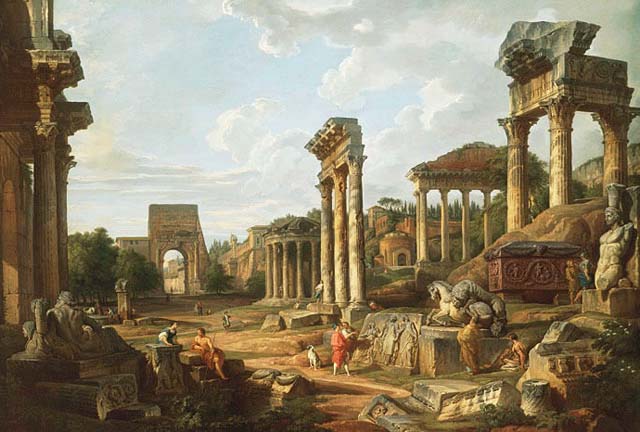
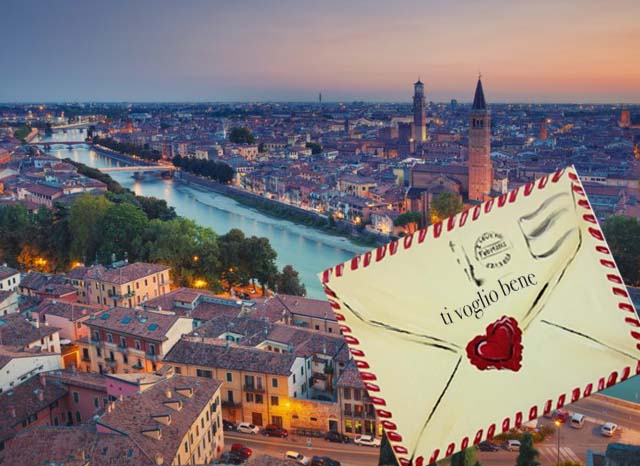
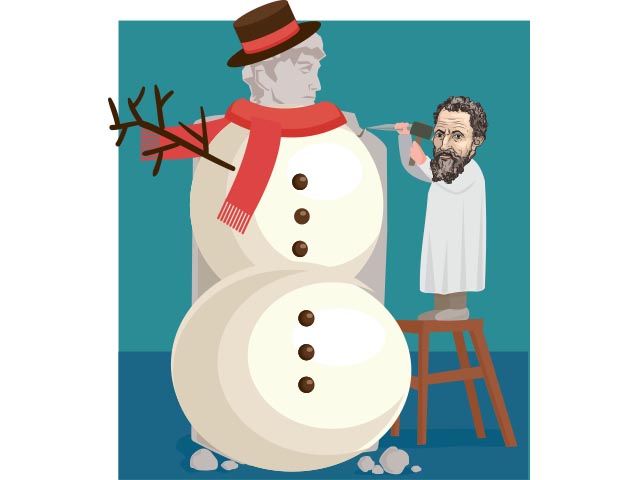
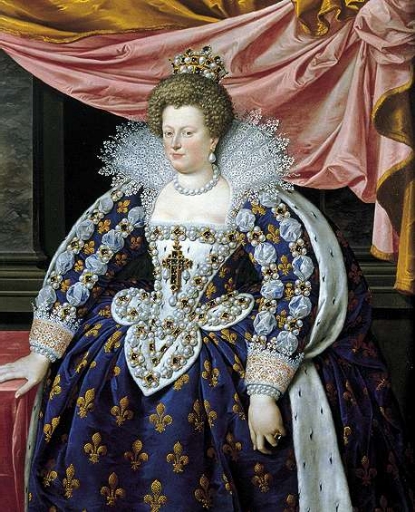

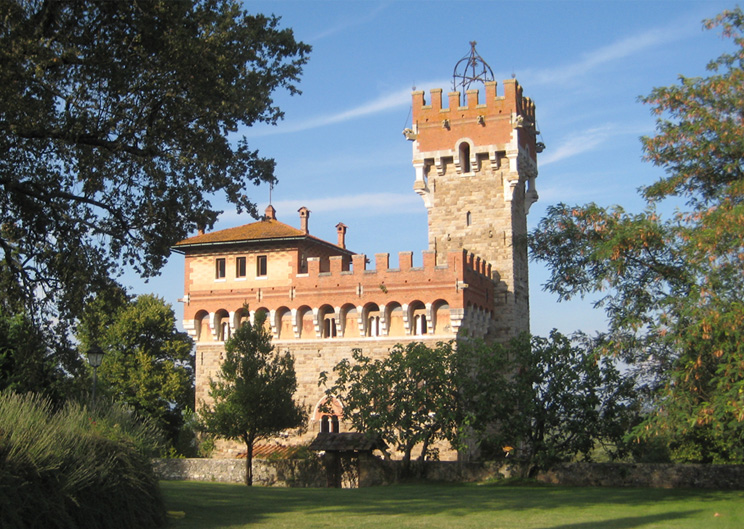





Just as Tony Bennett did in San Francisco, I left MY heart in Florence!
Firenze, una citta meravigliosa!